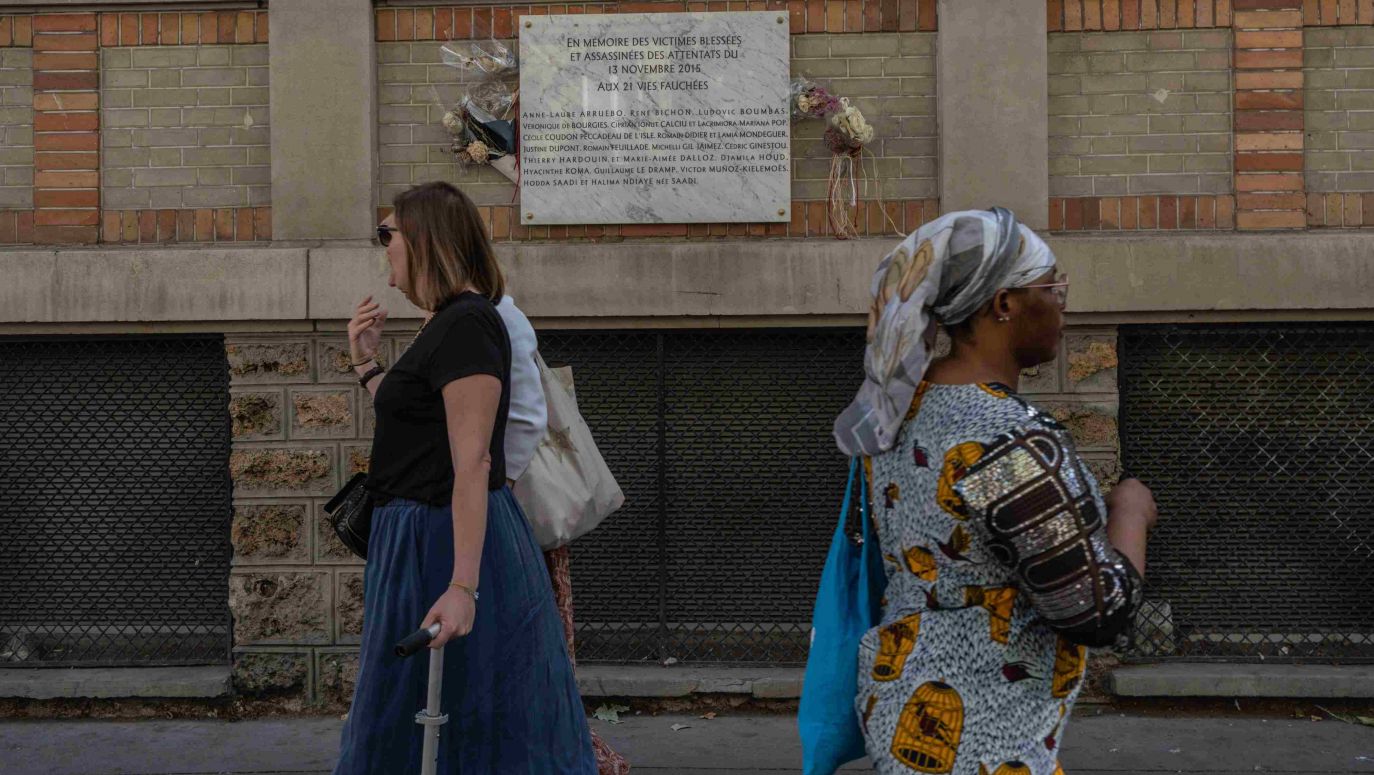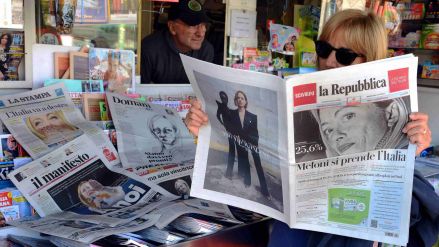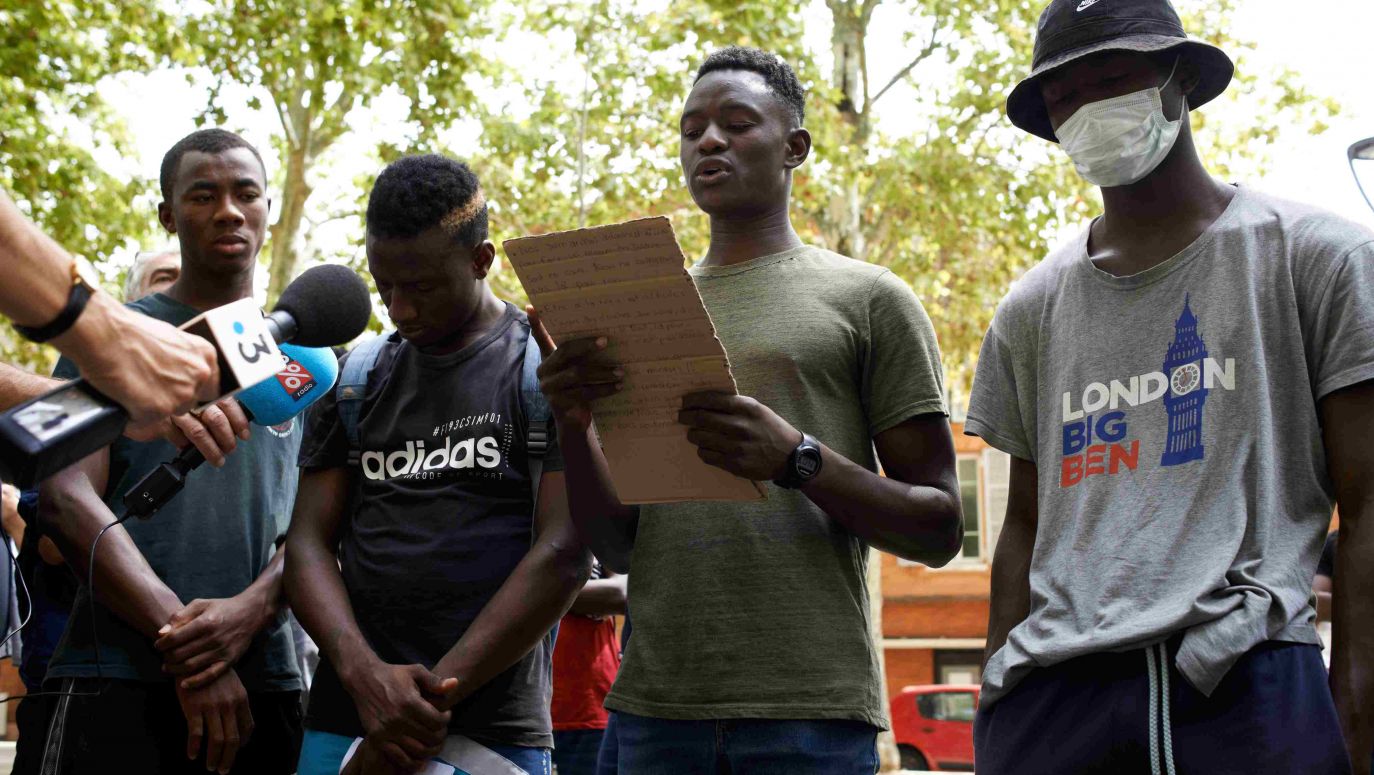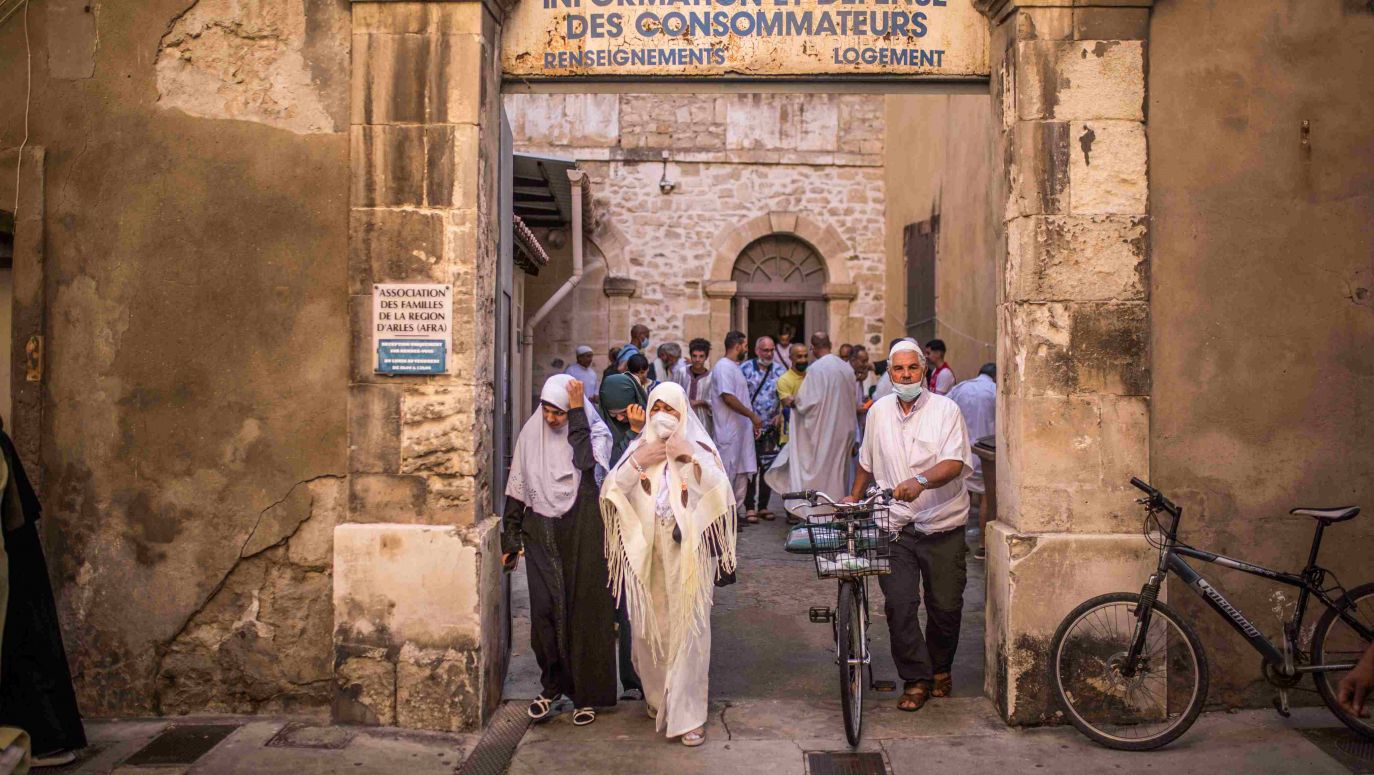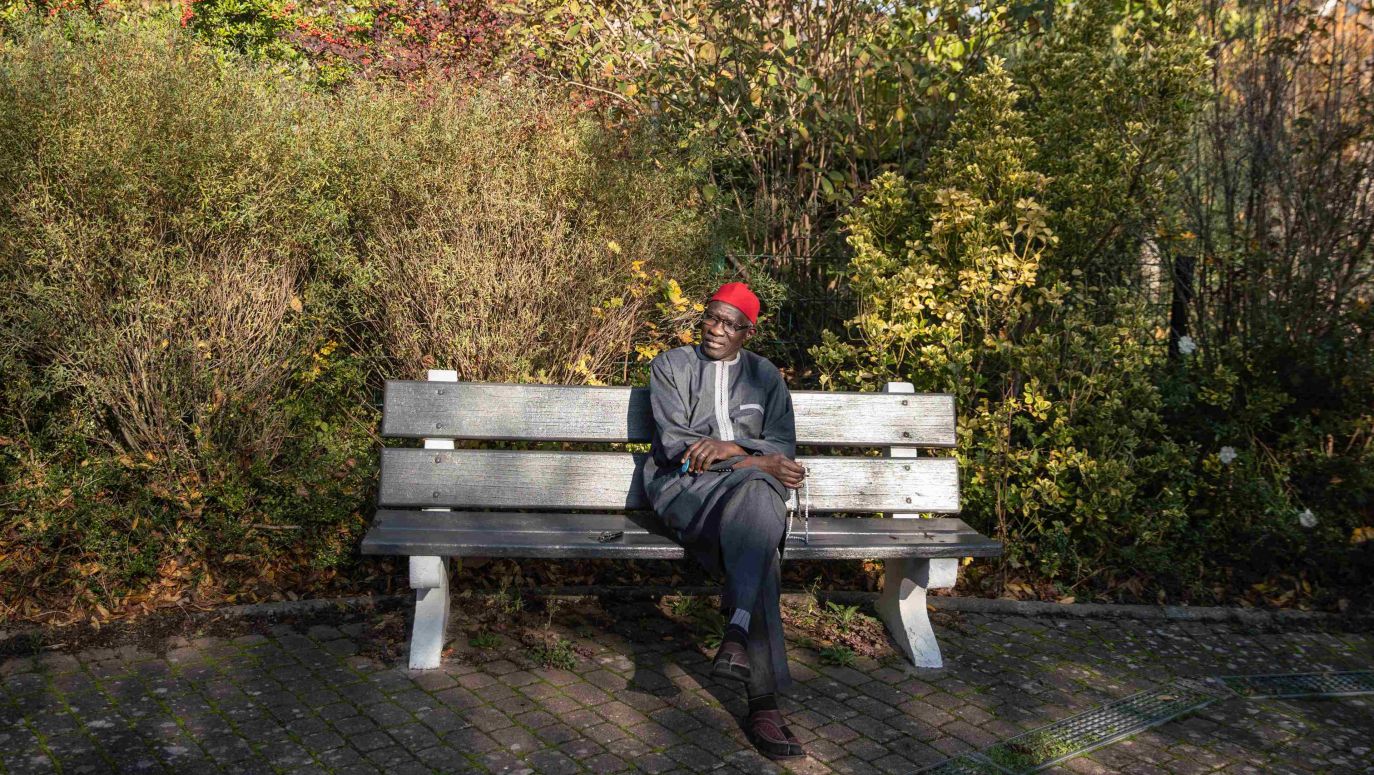There is an unprecedented and revolutionary change going on on the Seine: a relative social homogeneity, which the French had been used to is being replaced by a multicultural society, mostly in the ethno-cultural dimension. The main means of conveying for that is a mass and uncontrolled immigration. The more it is mass and eclectic, the great, more rapid and profound the change.
Great Replacement
To describe this phenomenon the term “Great Replacement” has appeared, understood: a great replacement of one population by another. This term appeared in 2011 in the title of a short essay Renaud Camus and has become an international buzzword. In Poland it has been evoked recently by Jakub Majmurek from “Krytyka Polityczna” who defined it, rewriting almost word for word from the English Wikipedia as “far-right conspiracy theory inspiring acts of terror”. Irrespective of whether they are defended or severely condemn, there are few expressions capable of triggering such great passions by the sole fact of its use.
The term out of which the partisans of political correctness tried to make a humiliating threat or even a taboo, sort of a contemporary leprous cluster like “the final solution”, made an unexpected success and moved from a drawer full of theories to the high life. N the political life on the Seine it was given citizienshi by Eric Zemmour, the recent candidate in presidential election, the diabolization of whom was so advanced that it couldn’t make things worse.
 SIGN UP TO OUR PAGE
SIGN UP TO OUR PAGE

The term “Great Replacement” perfectly matched the civilization crusade which became the goal of a new political movement, characteristically named “Reconquista”. After all reconquista is nothing else that reversing the results of a population replacement, expulsion of settlers and invaders carried out by hosts regaining their lost territories.
When Zemmour ennobled this a bit embarrassing term, other candidates in the presidential election began to use it – like Marine Le Pen, so far reluctant as to the use of such radically anti-immigrant rhetoric which ruined her strategy of de-diabolization or even the center-right and moderate Valérie Pécresse.
Biographer of Emmanuel Macron, journalist Marc Endeweld has recently stated that even the president employs this formula in the close circle of his associates when talking about immigration and Islam. This anecdote from the pinnacles of power confirms that this term, born on the political and literary margin – to which many would like to push it back – is now taking a center stage in the public debate.
The problem with the “Great Replacement” is that it has its place more in the stands of electoral meetings than in scientific studies, because the people who use and give the term often understand it in divergent ways.
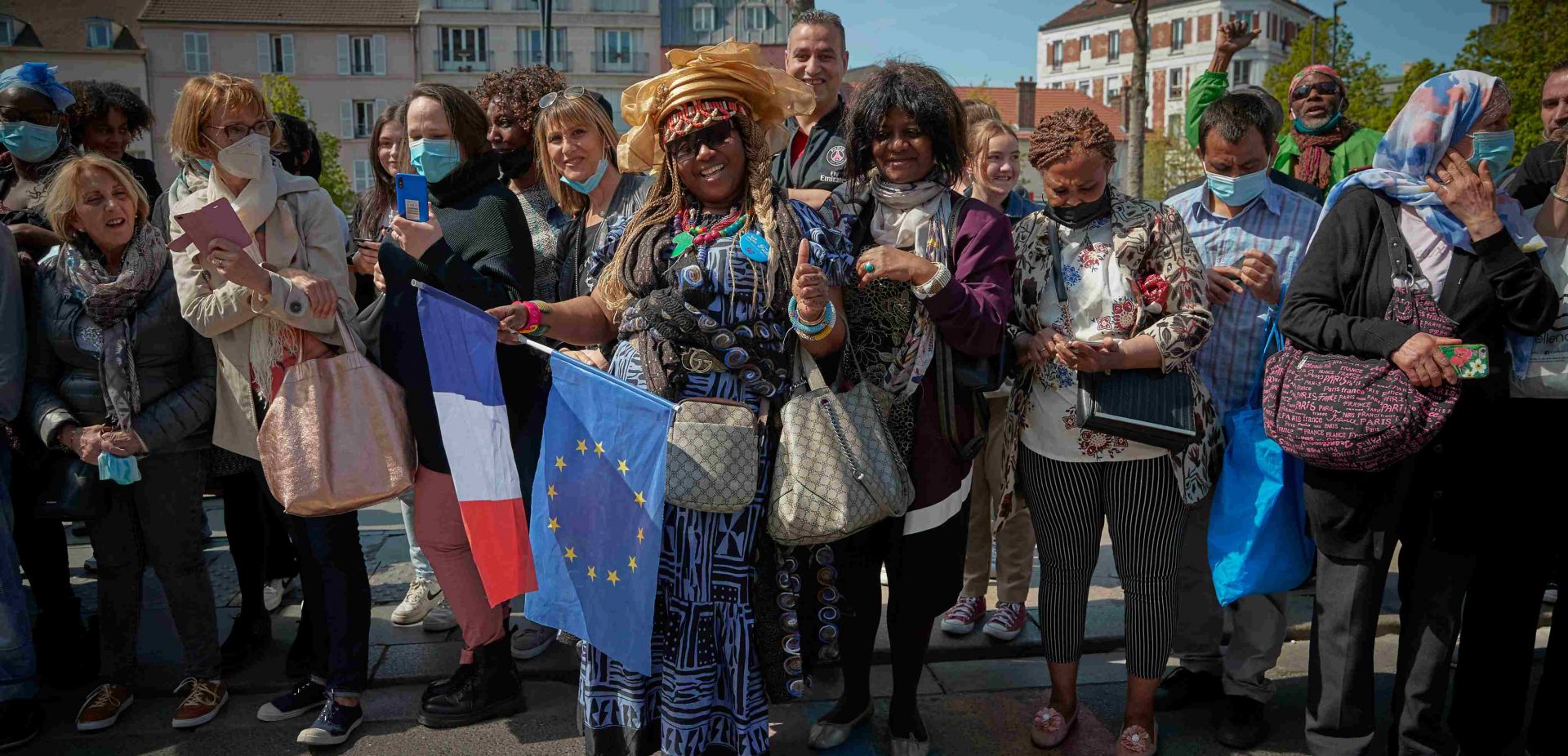
 SIGN UP TO OUR PAGE
SIGN UP TO OUR PAGE
 The term “Great Replacement” perfectly matched the civilization crusade which became the goal of a new political movement, characteristically named “Reconquista”. After all reconquista is nothing else that reversing the results of a population replacement, expulsion of settlers and invaders carried out by hosts regaining their lost territories.
The term “Great Replacement” perfectly matched the civilization crusade which became the goal of a new political movement, characteristically named “Reconquista”. After all reconquista is nothing else that reversing the results of a population replacement, expulsion of settlers and invaders carried out by hosts regaining their lost territories.